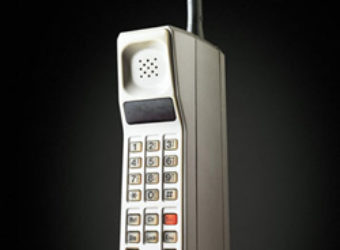July 2, 2001: Napster Shut Down
Subscribe! Spotify | RSS | More

Napster, the file sharing service (started by John & Shawn Fanning, and Sean Parker) that was up since 1999, had a series of trials and tribulations until 2001. After lengthy legal battles with artists like Madonna and Metallica, Napster began to realize their business model is not going to work. They shut down the entire network to comply with an injunction.
This case was partially settled on September 24, 2001, where Napster was ordered to pay $26 million in damages and $10 million in future royalties.Eventually, Napster filed for Chapter 11 bankruptcy, right before Napster 3.0 was ready to be deployed. On May 17, 2002, German company Bertelsmann purchased for $85 million, however, it was blocked on September 3.
Ultimately, Roxio purchased the company and re-branded it. They owned it until 2008 when Best Buy would purchase Napster for $121 million. They owned until December 1, 2011 when Rhapsody purchased the service.
Napster was named after a hairstyle.
Full Day in Tech History podcast show notes for July 2

Subscribe to Day In Tech History:
RSS Feed - iTunes - Android - Spotify - iHeartRadio
Facebook -
- RSS Bandwidth by Cachefly Get a 14 Day Trial
- Join me on Patreon and support Day in Tech History
- Atari is sold
- Yahoo is redesigned
- Lori Drew’s verdict was overturned
















